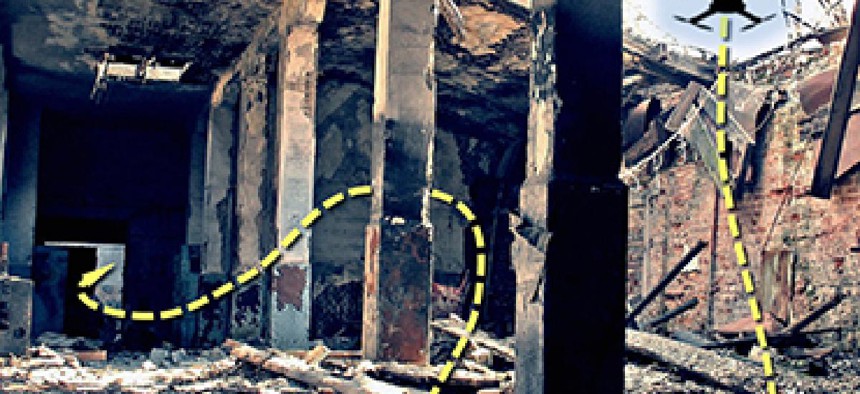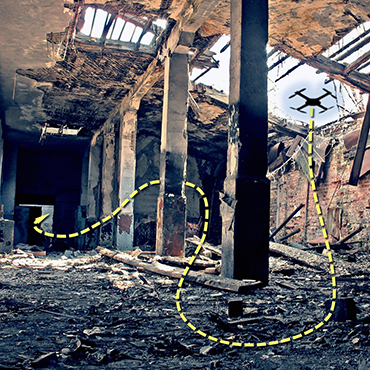Birds do it, bees do it, now DARPA wants drones to do it

"Birds of prey and flying insects exhibit the kinds of capabilities we want for small UAVs," says DARPA program manager Mark Micire.

DARPA wants small UAVs that can "quickly navigate a labyrinth of rooms, stairways and corridors or other obstacle-filled environments without a remote pilot."
WHAT: The Defense Advanced Research Projects Agency issued a broad agency announcement (BAA) for algorithms for drones “small enough to fit through an open window and able to fly at speeds up to 20 meters per second."
WHY: The current class of unmanned aerial vehicles, or drones, aren't small enough for doing reconnaissance in tight spaces, according to DARPA. The agency’s solution? A Fast Lightweight Autonomy program that harvests algorithms for drones that can "quickly navigate a labyrinth of rooms, stairways and corridors or other obstacle-filled environments without a remote pilot," the agency said in releasing the BAA.
DARPA hopes the smaller drones will work without sensors or reliance on GPS "waypoints."
The program's algorithms could reduce the "processing power, communications and human intervention" needed to navigate tight spaces, the statement said. The program's findings could extend beyond aerial drones and apply to ground, marine and underwater systems.
“Birds of prey and flying insects exhibit the kinds of capabilities we want for small UAVs,” DARPA program manager Mark Micire said in a statement.
Responses are due Feb. 5. Click here to read the full BAA.


